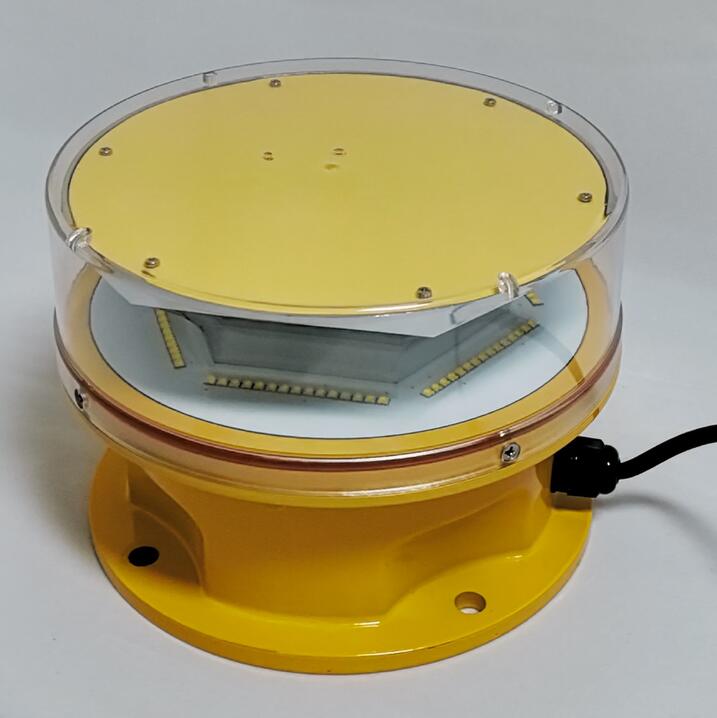In the contemporary world, where cities are expanding vertically and air travel is more frequent than ever, aircraft warning lights for buildings have emerged as a vital aspect of safety.
The significance of these lights becomes evident when we consider the complex web of air traffic that crisscrosses our skies. Buildings, especially tall ones, pose a potential threat to aircraft if not properly marked. Aircraft warning lights serve as a visual beacon, alerting pilots to the presence of structures that could otherwise go unnoticed.
The role of aircraft warning lights for buildings is multi-faceted. They provide crucial information to pilots, allowing them to make timely adjustments to their flight paths and avoid potential collisions. This is particularly important during low-light conditions or when visibility is compromised due to weather factors such as fog, rain, or haze.

The technology employed in these warning lights has advanced significantly over time. Modern systems are not only highly visible but also energy-efficient and reliable. LED-based lights have become the norm, offering superior brightness and longevity compared to traditional incandescent bulbs. These lights are often equipped with sensors and control mechanisms that can adjust their intensity and flashing patterns based on ambient light conditions.
The installation of aircraft warning lights for buildings is a meticulous process that adheres to strict regulatory standards. The height and location of the building, as well as its proximity to airports and flight corridors, are all taken into account. For instance, a building located directly in the flight path of an airport's runway might require a more extensive and intense lighting system than one situated in a less trafficked area.
| Aircraft Warning Lights for Buildings | 55 |
| TYG | FGB |
Furthermore, the maintenance and monitoring of these lights are of paramount importance. Regular inspections are conducted to ensure that all components are functioning optimally. Any malfunction or damage must be promptly addressed to prevent potential safety hazards. This involves not only checking the lights themselves but also the power supply, wiring, and control systems.
Let's consider a hypothetical situation where a building's aircraft warning lights fail. A pilot, relying on these lights for navigation, might not be aware of the structure until it's too late. The consequences could be catastrophic, ranging from a minor scrape to a full-blown aviation disaster. Such scenarios highlight the indispensable nature of these lights and the need for their continuous and reliable operation.
In addition to their safety aspect, aircraft warning lights for buildings also have implications for urban planning and aesthetics. Architects and urban designers need to find a balance between ensuring the visibility and functionality of the lights and maintaining the architectural integrity and visual appeal of the building. This often requires innovative design solutions that integrate the lights seamlessly into the overall structure.

For example, some buildings incorporate the warning lights into their façade design in a way that enhances the building's appearance while fulfilling the safety requirements. This not only mitigates the potential visual disruption caused by the lights but also adds a unique element to the building's architecture.
Aircraft warning lights for buildings are an essential component of our modern aviation and urban landscapes. They safeguard the safety of both air passengers and those on the ground, while also presenting challenges and opportunities in the fields of engineering, design, and urban development. As our cities continue to evolve and air traffic grows, the importance of these lights will only intensify, demanding ongoing innovation and strict adherence to safety standards.